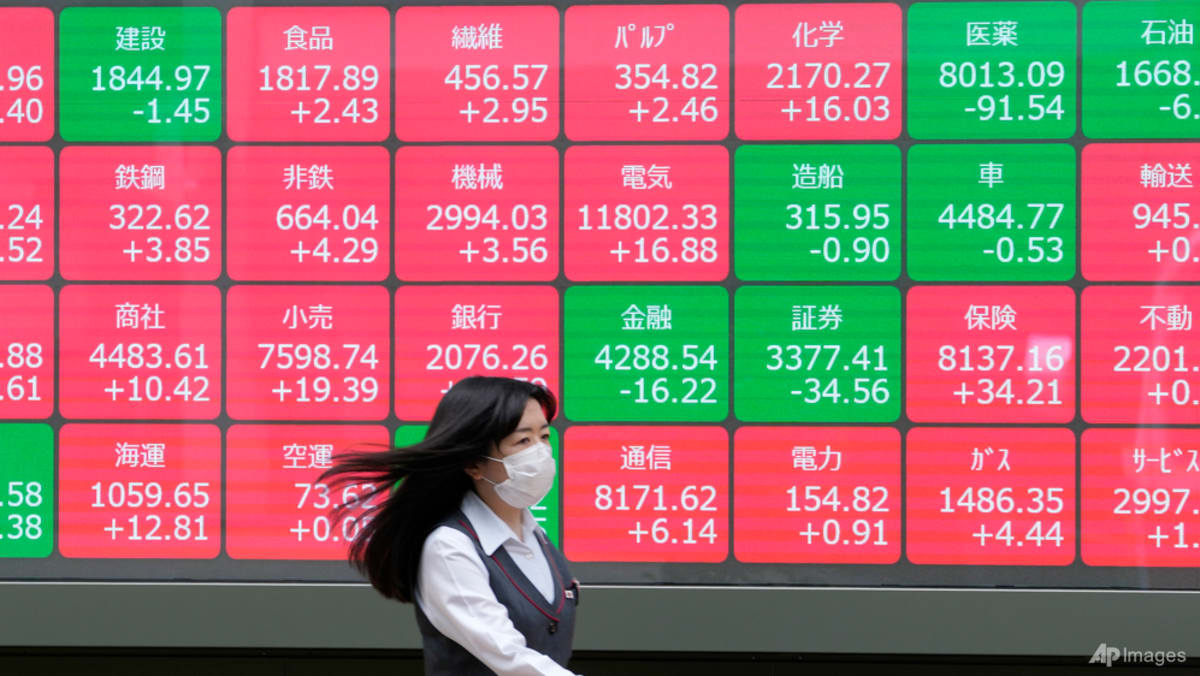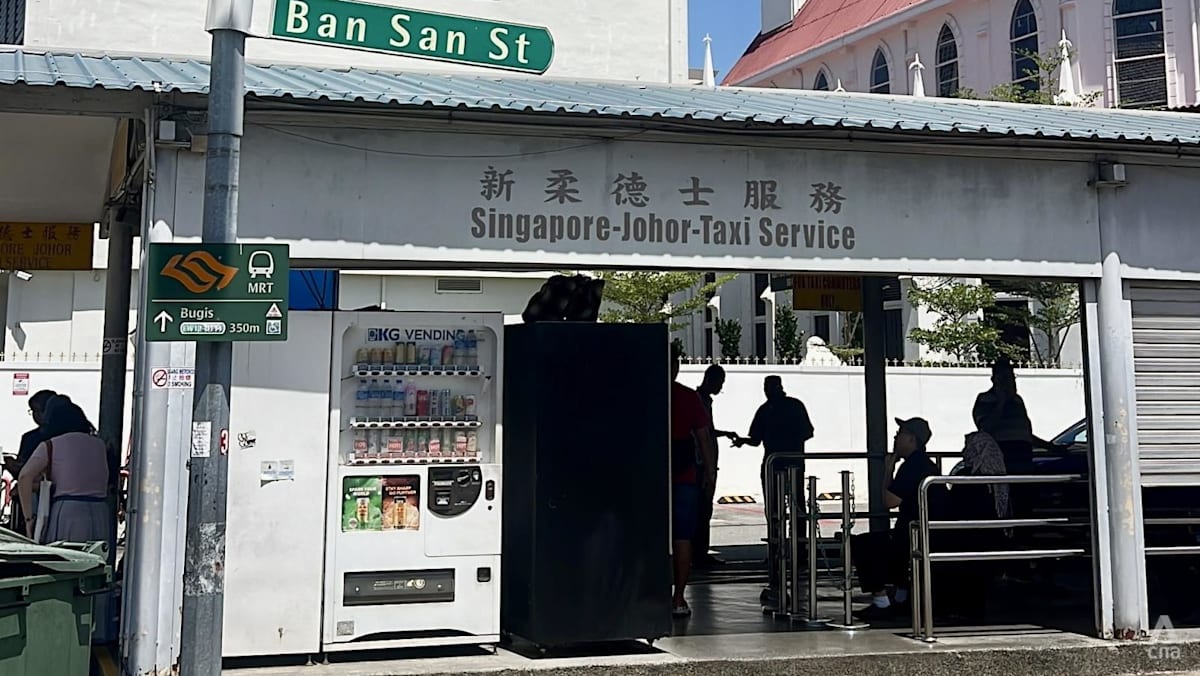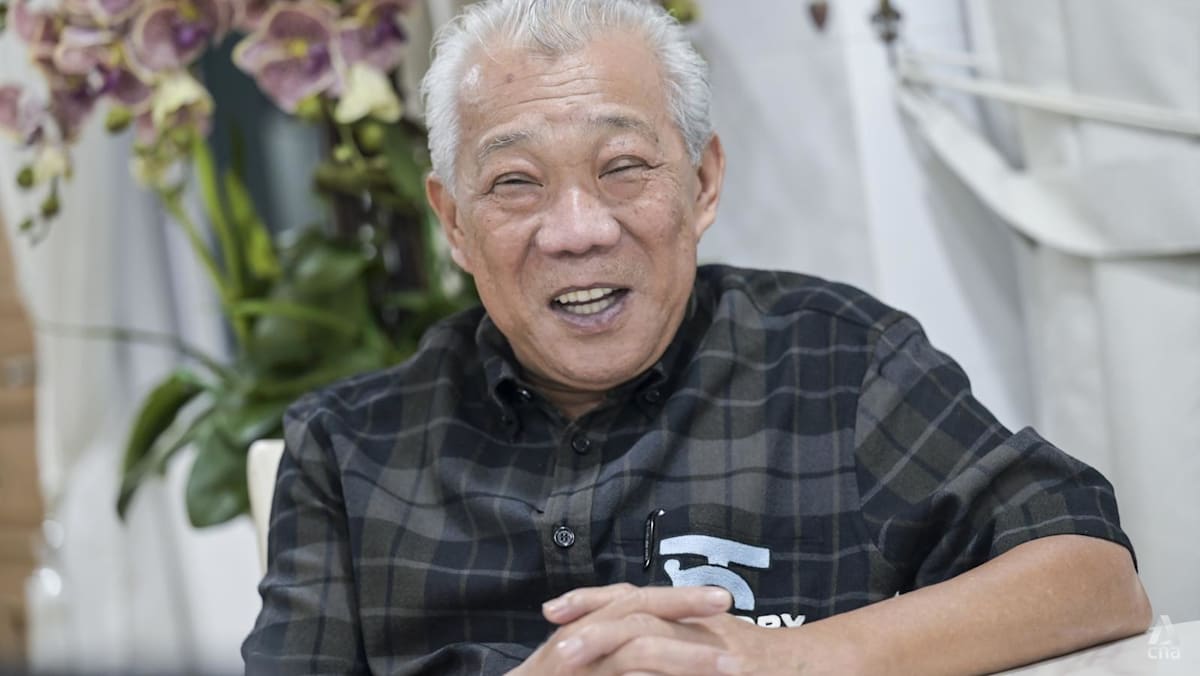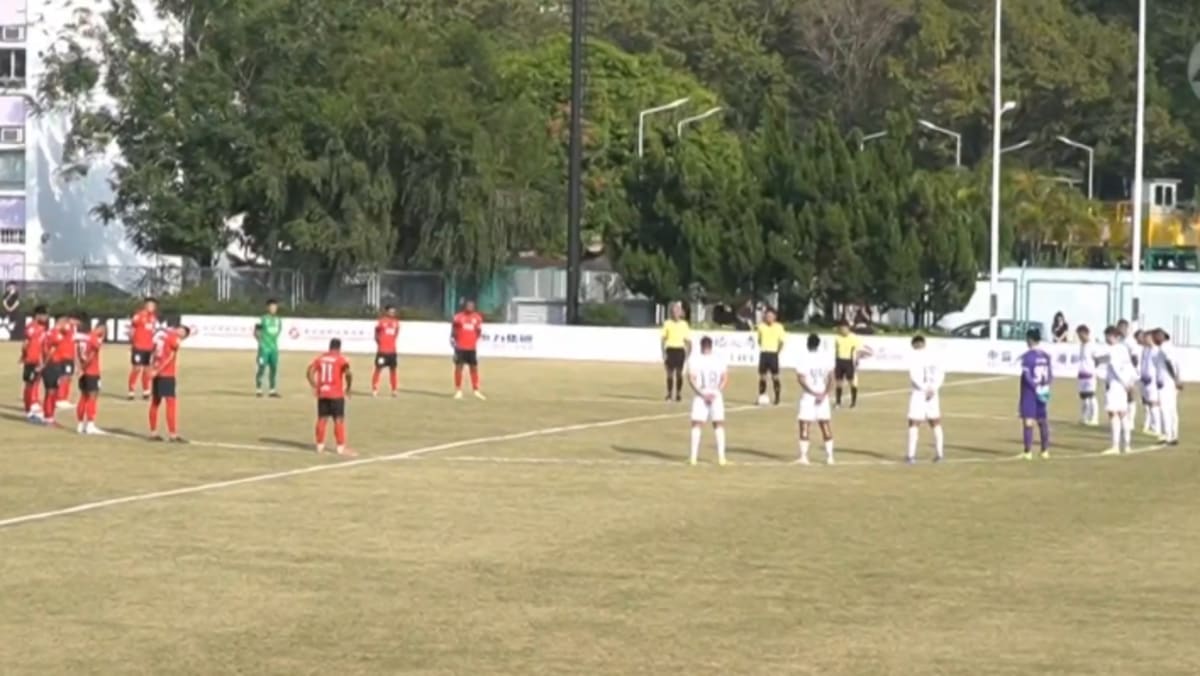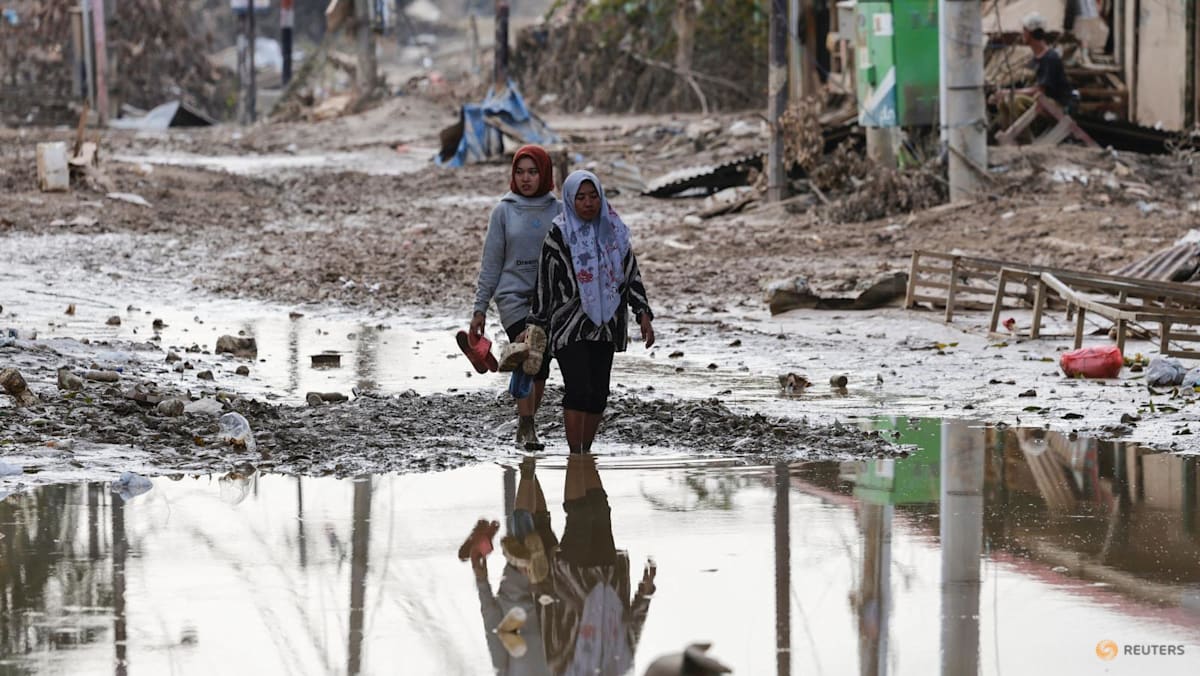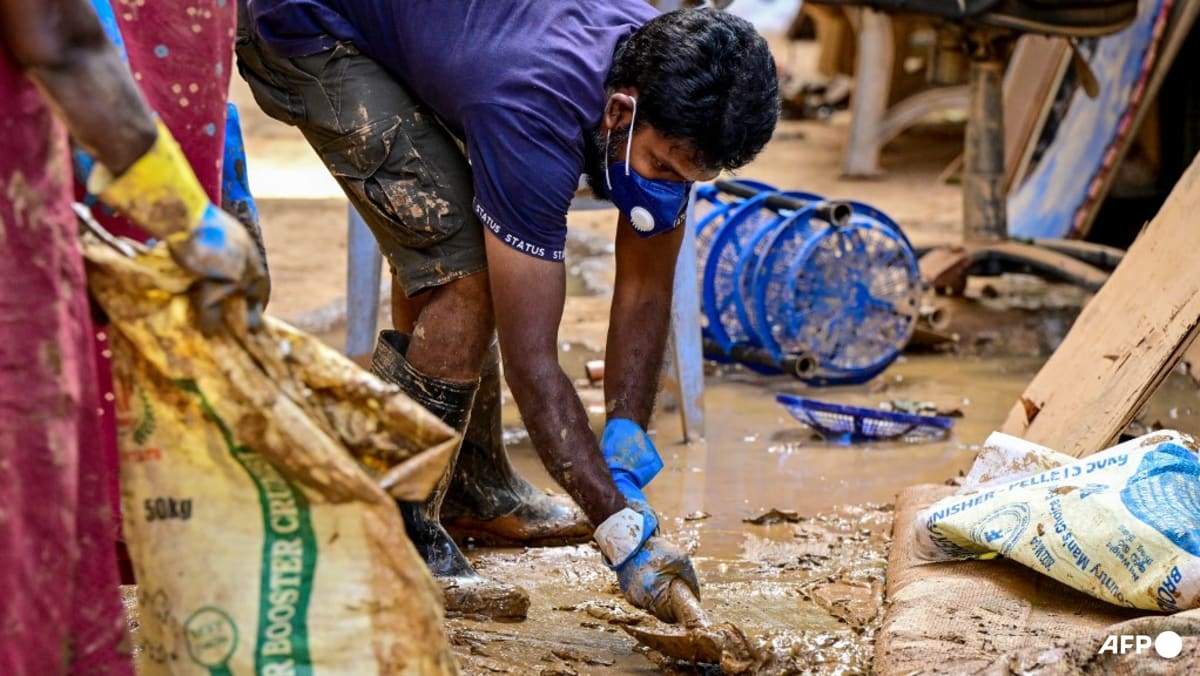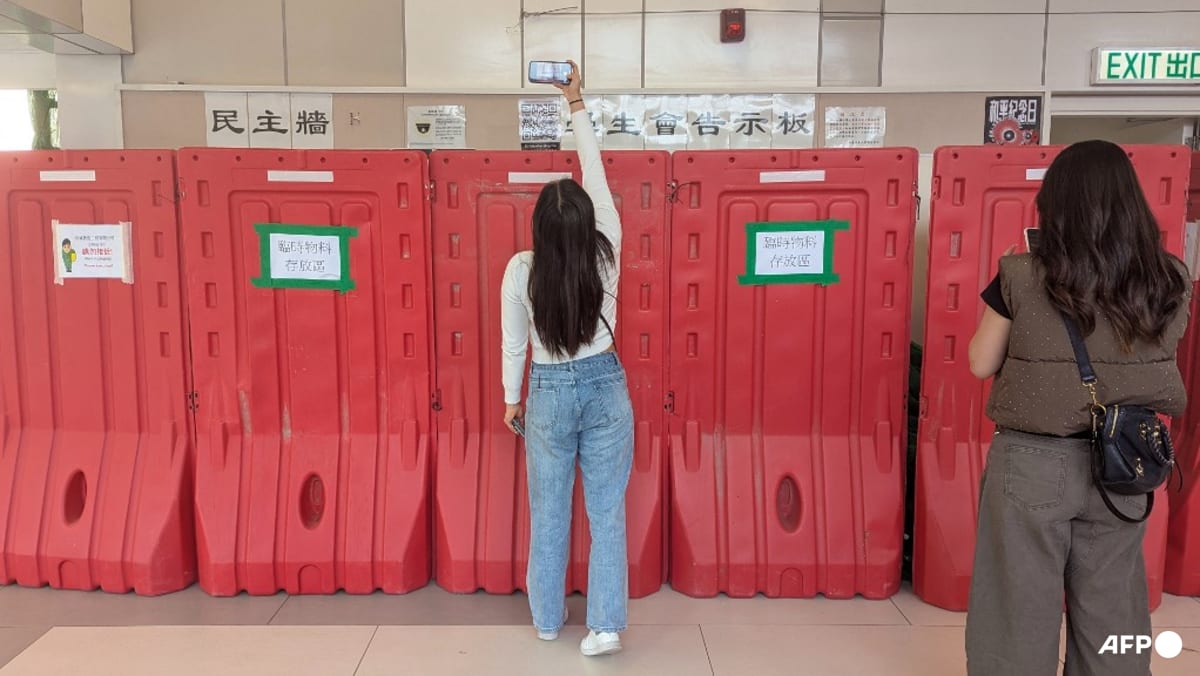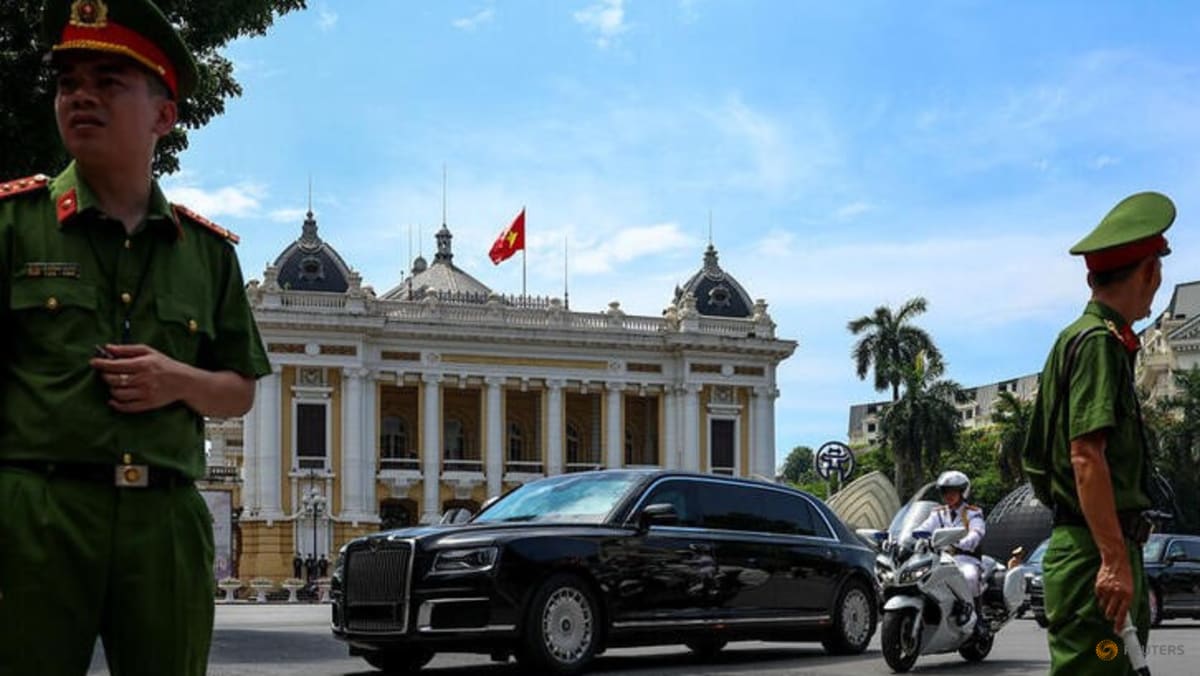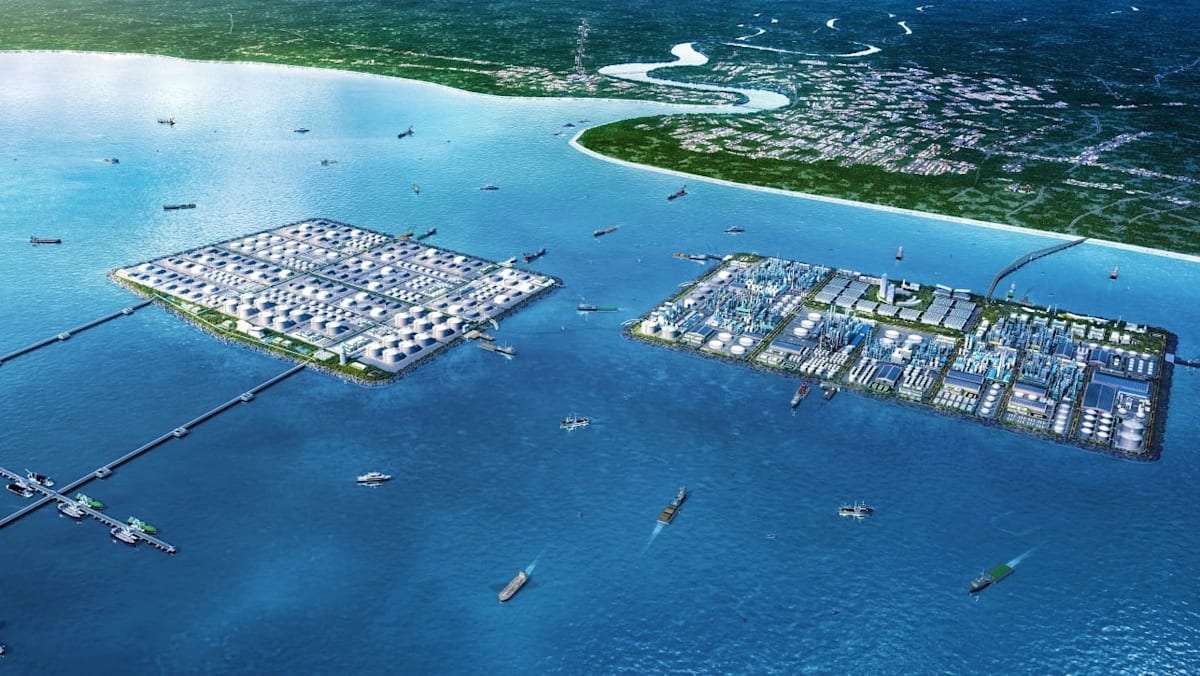Q&A with Malaysia’s Second Finance Minister ahead of upcoming Budget

Q: The World Bank has described Malaysia’s economy as being in a good place right now. What are the major drivers, basis of this strong recovery?
We look at the government today. It’s in its 22nd month of being in power, and because we have stability in government, that’s facilitated us to look at what’s needed for the country in terms of laying out policy and then giving time to execute their policy.
That’s one key kernel of what’s changed in Malaysia.
The second thing is: Changes that are happening due to geopolitics, because people want to have diversification of their supply chain. So we’ve seen expansions of the likes of Intel, Infineon, AMD and so on, and they’ve started to come in, and that’s helping boost growth for the future.
Q: What are the possible upside and downside risks, and the best case scenario in terms of gross domestic product (GDP)?
I think the first two quarters have been very promising.
And if you look at the drivers for it, it’s actually natural that we’re seeing growth coming in from a couple of areas. One is all the investments that have come in.
The second thing: What the government has also done is that it’s also encouraging GLICs to play a role in stimulating the economy. This is important because I think that’s one key differentiation that Malaysia has, that not many countries actually have.
The GLICs actually control about RM1.8 trillion (US$418 billion) (to) RM 1.9 trillion of assets in the country. And they continue to grow because new money (goes) into the GLICs. And what we’ve seen is that GLICs have committed to put in an additional RM120 billion over five years – that’s acting like another engine.
Q: All eyes will be on the RON95 subsidy rollback. How is progress on that front and what will govern the government’s decision, when to do it, how to do it?
I think the team is still working through the mechanisms, but the commitment to consider RON (subsidies) is still there. When you do it, you need to plan it out well … so you don’t, at the end of the day, have to reverse back decisions. There will be some clarity during the budget, so I’ll let the prime minister actually announce that.
Q: But do you think the market expectation is absolutely crucial to get it rolling by the end of the year, in order to show the government’s seriousness in rationalisation?
I think the government has shown its seriousness … when it tackled electricity, it tackled water, it tackled diesel, it tackled even chicken … We’ll see how we actually chip off along that line. So there is still fiscal reform required. I’m convinced that this government will continue to work towards that.
Q: There’s time?
There’s time. Sometimes, you get lucky. If you look at oil prices last year, and if you look at oil prices this year, oil prices are a lot lower this year. So there’s already, naturally, space that’s created along the line. So the space allows us to perfect the system before we even think about pushing it into place.
Q: How big is the subsidy bill going to be for next year? Is it going to be a lot lower than this year?
If you look at two years ago, I think we were hitting somewhere close to RM80-something billion for the total subsidy bill, plus social assistance. This year we’ll probably end up in the 60s. So next year, I’m hopeful that with what we’ve done, we will be well below that number.
Q: The rapid rise of the ringgit, as we’ve seen in the last quarter, made it the top performer in the region. But will it disrupt businesses because of the rapid increase?
I think there will always be winners and losers in everything that you do. But I think, if nothing else, Malaysia has shown that we’ve always been very resilient, and people will adjust and look at ways and means to continue to progress forward.
Part of it may be looking at ways to have efficiencies in the system so that they can restore back margin. But there will also be winners who actually are importing foreign goods. Now, they’re finding the cost of imports dropping. Past experience has shown resilience in the system.
Source: CNA


